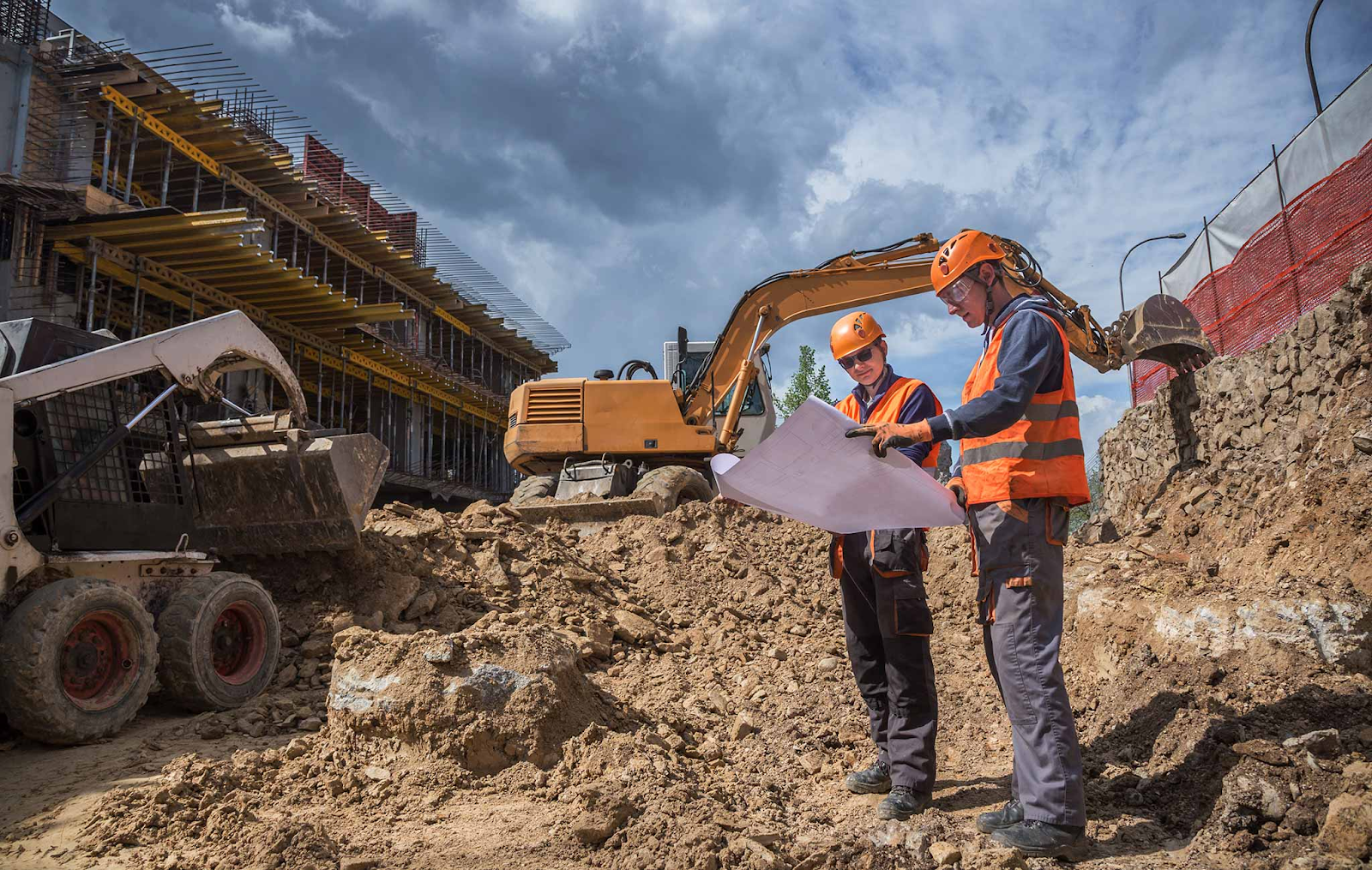Specialized Geotechnical Engineering Solutions - The Facts
Specialized Geotechnical Engineering Solutions - The Facts
Blog Article
The Single Strategy To Use For Specialized Geotechnical Engineering Solutions
Table of ContentsThe Greatest Guide To Specialized Geotechnical Engineering SolutionsA Biased View of Specialized Geotechnical Engineering SolutionsHow Specialized Geotechnical Engineering Solutions can Save You Time, Stress, and Money.The Definitive Guide for Specialized Geotechnical Engineering Solutions
They conduct website investigations, collect examples, carry out lab tests, and assess information to review the suitability of the ground for building tasks. Based on their findings, geotechnical designers supply referrals for structure design, incline stability, retaining structures, and mitigation of geotechnical risks. They team up with various other experts, such as architects, structural designers, and construction groups, to make sure that geotechnical factors to consider are integrated right into the overall task style and implementation.
Structure Layout: Geotechnical designers play a crucial role in developing foundations that can safely sustain the desired framework. They assess the dirt problems and tons demands to identify the proper foundation kind, such as superficial structures (e.g., grounds), deep foundations (e.g., piles), or specialized techniques like soil improvement. They consider elements such as negotiation limits, bearing ability, and soil-structure communication to establish ideal foundation designs.
The Facts About Specialized Geotechnical Engineering Solutions Revealed
Right here are some sorts of geotechnical engineers: Structure Engineer: Structure engineers focus on making and examining structures for structures - Specialized Geotechnical Engineering Solutions. They analyze the soil problems, tons requirements, and site features to identify one of the most appropriate foundation kind and layout, such as shallow foundations, deep structures, or specialized techniques like pile structures
They perform field screening, accumulate samples, and analyze the gathered information to characterize the soil buildings, geologic formations, and groundwater problems at a site. Geotechnical Instrumentation Engineer: Geotechnical instrumentation designers concentrate on surveillance and measuring the actions of soil, rock, and structures. They set up and keep instrumentation systems that monitor elements such as soil negotiation, groundwater degrees, incline activities, and architectural variations to evaluate efficiency and give very early cautions of potential issues.
In the workplace environment, geotechnical designers make use of specialized software tools to execute estimations, create designs, and evaluate data. Specialized Geotechnical Engineering Solutions. They prepare reports, review project specifications, communicate with clients and employee, and coordinate job tasks. The workplace setting offers a favorable setting for research, analysis, and cooperation with various other specialists associated with the job
They often check out job sites to conduct website investigations, examine geotechnical conditions, and gather information for evaluation. These sees include traveling to different areas, occasionally in remote or difficult terrains. Geotechnical designers might carry out soil tasting, conduct examinations, and monitor building and construction tasks to make sure that the geotechnical aspects of the project are being applied properly.
How Specialized Geotechnical Engineering Solutions can Save You Time, Stress, and Money.
Geotechnical designers also operate in specialized geotechnical laboratories. In these facilities, they perform experiments, do tests on soil and rock examples, and examine the design buildings of the materials. Geotechnical research laboratory engineers work thoroughly in these environments, dealing with screening equipment, operating tools, and recording data. They work together with various other laboratory staff to make sure exact and reputable testing outcomes.
Maintaining Wall surfaces: Developing wall surfaces that hold back dirt to protect against landslides and provide stability on sloped terrains. Embankments and Earthworks: Designing embankments for roads, trains, and dams to ensure they remain stable under tension. The mining market depends heavily on geotechnical engineering to ensure the safety and longevity of its operations.
With this in mind, we have created our program to prepare trainees for success. Geotechnical engineers are entailed in all stages of the layout of structures, from principle to building. Their work is important in the layout and planning procedure as they evaluate the integrity of soil, clay, silt, sand, and rock, prior to building and construction beginning.
Specialized Geotechnical Engineering Solutions Fundamentals Explained
This is adhered to by a ground investigation based on the findings of the desk research study and includes trial matching and tasting to reveal any kind of possible issues. Geotechnical engineers function within multidisciplinary groups, sustained by intermediate and jr designers along with by CAD technicians. As a senior geotechnical engineer on a hydro plant job, tasks may include participating in technical evaluations (e.g., peer evaluations), tailings dam evaluations, dam security reviews, and other researches associated with the design and building of mine waste facilities.
While some experts specialise entirely in geotechnics, others may function under titles like design rock hound or ground engineer within similar capacities. As a geotechnical designer, you'll need to: build and click over here now maintain relationships with customers and other experts included in the site, throughout each projectmaintain safety criteria on website bear in mind cost ramifications when you make recommendationsstudy geological maps and aerial pictures from a variety of sources and from various time periodsexamine construction plans to see just how practical they are based on your understanding of the siteinvestigate threats or geological dangers for the sitesearch for eco delicate features, such as land fill begin to develop valid and interpretive ground modelsplan area investigationsdrill and evaluate samples of bedrock, dirt, groundwater and additional products monitor other professionals on sitesolve technological issues as they emerge, such as unforeseen frameworks at drill sitesmonitor conditions throughout and after construction see here now to see to it structures are secure in the short and lengthy termadd information collected on website to your initial researchcreate geotechnical computations, illustrations, and two or three-dimensional computer models translating the datamake recommendations regarding the recommended use of the website.
There are great deals of chances to fulfill new people, as you'll function with a variety of professionals at every site. The job can be stressful as you may be liable for the safety of others while on site. There is also a high degree of financial obligation, as the suggestions you make can have significant cost effects.

Report this page